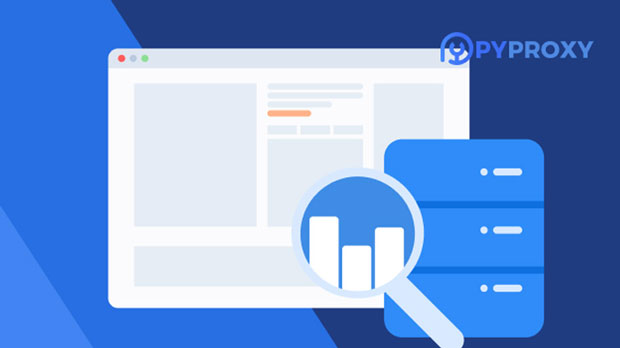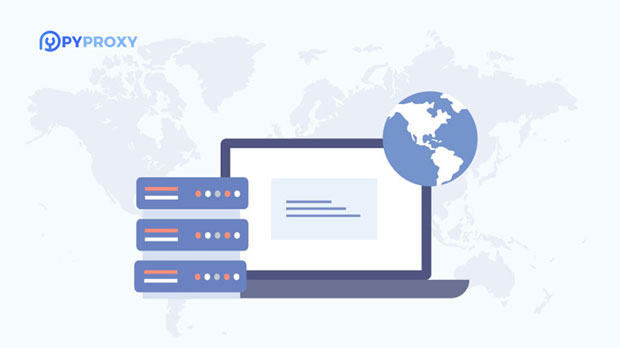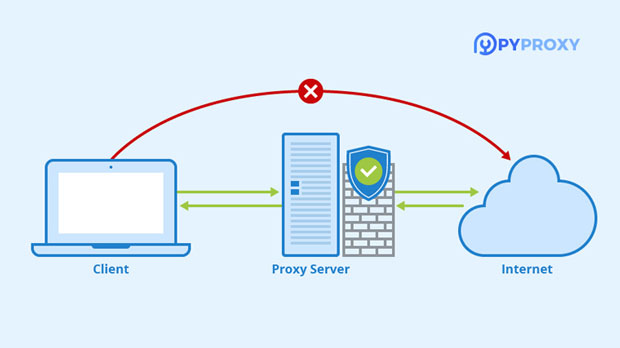In today's digital age, many streaming platforms like Netflix, Hulu, and Disney+ impose geographical restrictions on their content, limiting what users can access based on their location. This often leads to frustration, especially for those wanting to watch specific shows, movies, or events that are available only in certain regions. One effective way to bypass these geographical blocks is by using a socks5 proxy. SOCKS5 is a versatile internet protocol that can be used to mask your real IP address, making it appear as though you are accessing the internet from a different location. In this article, we will delve into how sock s5 proxies work, their benefits, and step-by-step instructions on using them to bypass geoblocks on popular streaming services like Netflix, Hulu, and Disney+. Understanding SOCKS5 ProxySOCKS5 (Socket Secure version 5) is a protocol that acts as an intermediary between your device and the internet. It routes your internet traffic through a proxy server, which changes the IP address that websites and services detect. Unlike a VPN, which encrypts your internet traffic, a SOCKS5 proxy focuses on routing the traffic without encryption. This makes it faster than VPNs for certain applications, especially when streaming content online.One of the key advantages of SOCKS5 is its flexibility. It can be used with almost any internet traffic, whether you're browsing, streaming, or even gaming. When it comes to bypassing geoblocks on services like Netflix, Hulu, or Disney+, SOCKS5 can make it appear as though you're accessing the service from a different country, thereby granting access to content that is restricted to other regions.Why Use SOCKS5 for Geoblock Bypass?When attempting to bypass geoblocks, using a SOCKS5 proxy offers several advantages over traditional methods like VPNs:1. Speed and Performance: Since SOCKS5 does not encrypt data, it is generally faster than VPNs. This is a significant advantage for streaming high-definition content without buffering or lag, which is essential for services like Netflix or Hulu. 2. Flexibility and Compatibility: SOCKS5 works with a wide variety of protocols, including HTTP, HTTPS, FTP, and more. This makes it compatible with various devices and platforms, from web browsers to streaming apps on smart TVs.3. Anonymity Without Overhead: Unlike VPNs, which encrypt all your internet traffic, SOCKS5 only routes your traffic, making it a lighter option for maintaining anonymity without the overhead of encryption. For those who need anonymity without slowing down their streaming speed, SOCKS5 is an ideal choice.4. Bypass IP-based Restrictions: Streaming platforms like Netflix often block IP addresses that belong to known proxies or VPNs. SOCKS5 proxies, being more discreet, are less likely to be detected and blocked by these platforms.Setting Up a SOCKS5 Proxy to Bypass GeoblocksTo use a SOCKS5 proxy to bypass geoblocks on streaming services, follow these detailed steps:1. Choose a Reliable SOCKS5 Proxy ServiceThe first step is to choose a reliable SOCKS5 proxy provider. While some free proxies are available, they often come with limitations like slower speeds or limited server locations. It’s recommended to choose a premium SOCKS5 proxy service that offers access to servers in multiple countries, ensuring that you can access content from different regions. Look for providers that specifically offer support for streaming, as they will have optimized servers that are less likely to be detected or blocked by services like Netflix or Hulu.2. Install the SOCKS5 Proxy ConfigurationOnce you’ve selected a proxy provider, the next step is to configure the proxy on your device. Depending on the platform you're using (e.g., Windows, macOS, Android, iOS), the configuration process can vary slightly. However, the general steps are as follows:- Download and install the proxy service’s software, or manually configure the SOCKS5 proxy in the settings of your web browser or streaming application.- Enter the provided SOCKS5 server address and port number into the designated fields.- Input your authentication details (username and password), if required, to ensure secure access to the proxy server.For example, in a browser such as Google Chrome, you can set up SOCKS5 by accessing the proxy settings and entering the server’s IP address and port number. For streaming apps, check if they have built-in proxy settings where you can manually enter the SOCKS5 configuration.3. Connect to a Server in the Desired RegionAfter configuring the SOCKS5 proxy on your device, the next step is to choose a server located in the region where the content you want to access is available. For instance, if you want to watch a show that is only available on US Netflix, connect to a US-based socks5 proxy server.Once connected, your internet traffic will be routed through the proxy server, making it appear as though you are located in the region of your chosen server. This will allow you to access geoblocked content on platforms like Netflix, Hulu, or Disney+ as if you were a local user.4. Test the ConnectionBefore diving into streaming your favorite content, it’s crucial to test the connection to ensure everything is working properly. You can verify your new IP address by visiting an IP-checking website or simply checking if the streaming service has lifted the geoblock and made the content accessible.If everything is configured correctly, you should now be able to enjoy content from Netflix, Hulu, or Disney+ that was previously unavailable in your region.5. Troubleshooting Common IssuesWhile SOCKS5 proxies are an effective way to bypass geoblocks, there are a few potential issues that could arise. Here are some common troubleshooting tips:- Blocked Proxies: Some streaming services may detect and block the IP addresses of known SOCKS5 proxy servers. If this happens, try switching to a different proxy server or contact your provider for assistance. - Slow Speeds: If your streaming experience is buffering or lagging, try switching to a server with better performance or one closer to your actual location.- Compatibility Issues: Not all devices or apps support SOCKS5 proxies. If you encounter compatibility issues, check for alternative configuration methods or use a browser extension that supports SOCKS5.Is SOCKS5 the Best Solution for Streaming? While SOCKS5 proxies are a powerful tool for bypassing geoblocks on streaming platforms, they aren’t the only solution. For users who require encryption for added privacy and security, a VPN might be a better choice. However, if your main goal is to stream content without encryption overhead and with faster speeds, SOCKS5 is an excellent choice.The key to bypassing geoblocks successfully lies in selecting a quality proxy provider and ensuring that you’re using the right server for the content you want to access. With the proper setup, SOCKS5 proxies can provide a smooth and efficient way to enjoy global streaming content on platforms like Netflix, Hulu, and Disney+.In conclusion, using a SOCKS5 proxy is a practical and efficient way to bypass geoblocks on popular streaming platforms such as Netflix, Hulu, and Disney+. With minimal configuration, you can access content from different regions, enhancing your viewing experience. Whether you’re after exclusive shows or content available only in specific countries, SOCKS5 proxies offer the flexibility and speed necessary for seamless streaming. Remember to choose a reliable proxy provider, configure your device properly, and enjoy unrestricted access to your favorite content worldwide.
Apr 01, 2025
![arrow]()


























































